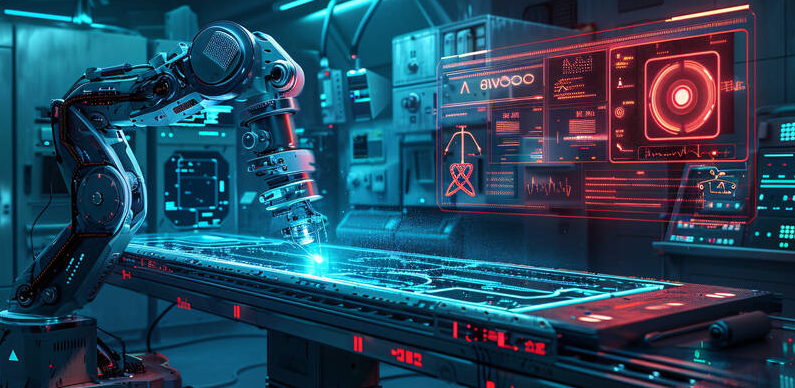How Robotics Brings More Precision to Neurosurgery for Better Patient Outcome The immediate future of neurosurgeons performing intricate surgeries has changed with robotics. Robotics can reach those areas in the human body that were not so easily accessible and also do it more accurately. Better surgical outcomes, better patient safety, lesser invasiveness, and more effective surgeries-just some of the advances in this technology.
The introduction of robotic systems into the operating theatre has incredible promise. For example, surgeons can conduct complex maneuvers with precision not possible with the human hand alone. Not only does this enhance the skill of the surgeon, but patients have a greater possibility for recovery.
Technology is not resting on its oars, hence the future of neurosurgery seems bright. It’s progressing toward bio-safe and reliability field methods that will improve patient quality care from neurological problems. Leading the way in this field, from robotics to better and more reliable surgical techniques.
Key Takeaways
- Robotic technologies enhance precision in neurosurgical techniques.
- These technologies result in a safer, less invasive procedure for the patients.
- Results from robotic surgery generally tend to have higher success rates and quicker recoveries.
Advances in Neurosurgery Robotic Technology
The quality of neurosurgery robotics has rapidly improved. The enhancing precision increases safety for the patient. Certain tools and techniques make clear how robotics is changing surgical practice.
Precision Instruments
Current robotic systems are fitted with high-precision instruments to perform complicated jobs in neurosurgery. Such instruments reach areas of the brain that are hard to access without affecting the tissues surrounding.
Most of the systems are equipped with robotic arms that effectively imitate motions executed by a surgeon’s hand, with the capability of providing much steadier and more controlled movements than the human hand can. This aspect is very crucial in reducing the rates of complication, thus improving the patients’ outcomes.
The development in robotic grippers and microsurgical tools further enables surgeons to perform delicate tasks with increased confidence since features like tremor filtering enhance stability during the procedures through better performance in challenging situations.
Robotic Neurosurgical Procedures
Robotic-assisted neurosurgery is picking up pace. These surgeries now have advantages tagged to them, including smaller incisions and quick recoveries.
Tumor removals and other spinal surgeries are carried out by surgeons using the assistance of robotic systems. The robotic tools used during the operation provide an improved view of the site. Better views lead to accuracy in guiding the operation.
It enables remote operations of surgeons, a surgeon operating from a distance. This openness will increase access to skilled surgeons, especially in remote areas.
3D Imaging and Neuronavigation
3D imaging is one of the important factors in modern neurosurgery. Neuronavigation assists the surgeon for better accuracy in planning and execution.
Advanced imaging is integrated into robotic systems for the explicit 3D mapping of the brain, showing tumors and other critical structures exactly where they are located in the brain.
These maps can be viewed in real time by surgeons during surgery. This is going to improve precision in maneuvering through complex structures in the brain. This would also help prevent damage to good, healthy tissue.
Integration of Artificial Intelligence in Surgical Robots
Artificial Intelligence in robotic systems is making them smarter. AI-assisted robots help in improving the efficiency of decision-making at the time of surgery.
Machine learning enables robotics to analyze large volumes of data, which leads to better predictions about surgical outcomes and complications.
Apart from that, AI-assisted robots learn from past cases. They refine their techniques by the previous successes and failures. Therefore, by integrating AI, one can achieve significant improvement in surgical precision and patient safety.

Also Read :
